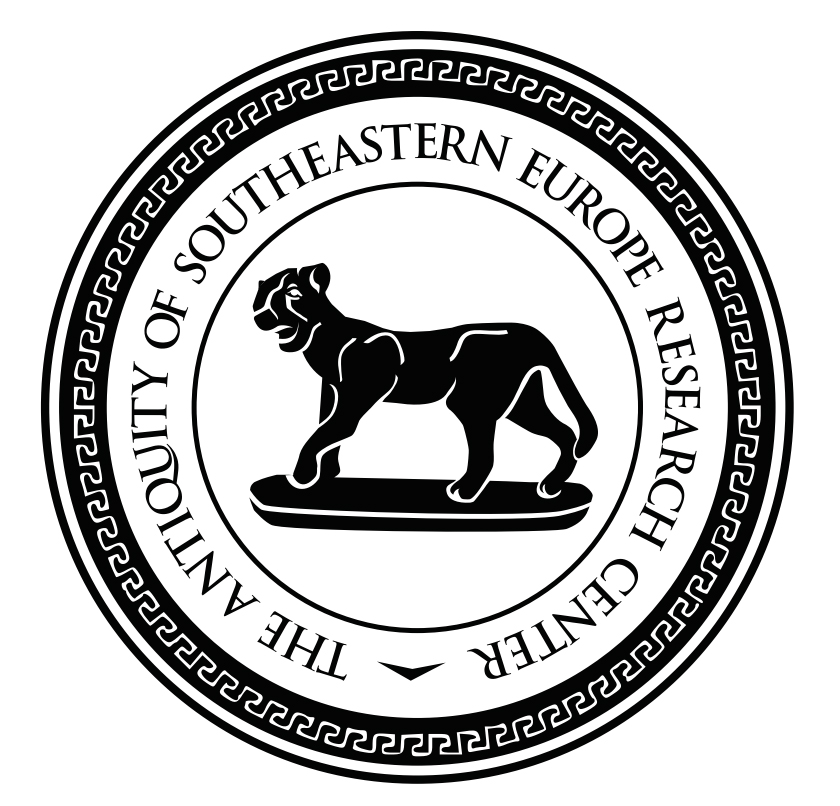Summer ’24 with the Centre II

Following the tireless example of the “Amarok” team, the Director of the Center only had to board a plane to attend the XVIII International Congress of Provincial Roman Art (CRPA), not only as a member of the Scientific Committee of this assembly of scholars but also to present a sculpture of Eros, most likely originating from the surrounding Roman necropolis of Novae.
The Congress took place in two locations. First, we spent a few days in sessions at the Faculty of Philosophy at the University of Belgrade, then moved to Viminacium, the former capital of the province of Upper Moesia. Here, our Serbian colleagues presented their earlier and latest discoveries, including the famous mammoth, which, surprisingly, attracted the most interest! The bones of this animal were discovered by chance when a nearby lignite mine expanded its area of exploitation.
Congress participants also had a unique opportunity to spend a night in reconstructed legionary barracks. It turned out that staying in a hotel in Belgrade was decidedly more comfortable. But what won’t we do for science?
At the congress, representatives from 10 countries delivered over 100 papers and presented nearly 30 posters. The topics, within the general scope of “Borders in Provinces – Cultural Borders,” were very broad and included analyses of sculptures and reliefs, architectural decorations, sepulchral art, theoretical issues, and presentations of the latest discoveries.
At the meeting of the CRPA Scientific Committee, the locations for the next two conferences planned for 2026 and 2028 were determined, and a preliminary proposal for 2030 was presented.
The next meeting will be held in Frankfurt am Main and Mainz, the following in Ioannina in Greece, and if everyone stays healthy, in 2030, together with our Bulgarian colleagues, we will host the congress in Bulgaria, including in Novae.
After the congress ended, some participants went on a trip to Sirmium, and the Director of the Center had to join the brave Albanian team, led in the field on the Polish side by the always promising Bartosz Wojciechowski.
Congress life this year is extremely rich. We still have the Limes Congress in Batumi, Georgia, at the beginning of September, where the Center will be represented by P. Dyczek and K. Narloch, and later the Lower Danube Limes Congress in Vidin, Bulgaria, where our representative will be P. Dyczek.
The excavations in Albania and their results will be described by the “Amarok” team, but the excavations did not bring stability, as the Director and Deputy Director of the Center (P. Dyczek and J. Recław) had to go from Albania to Montenegro twice more. First to Budva for a meeting with the Montenegrin Minister of Culture, and then to Kotor to the Conservator’s Office. The discussions, which also included the Polish consul, focused on deepening cooperation with Montenegro.
This week is a week of feverish documentation work, summarizing the results, and numerous organizational matters. As every year, at the end of the campaign, Albanian media showed interest in the results of the work, hence we hosted a group of Albanian journalists from the press, radio, and television at the excavation site.
Soon we will start transferring from Albania to our archaeological base in Risan, to begin the study of ancient Rhizon under the direction of another tireless team member, Janusz Recław, after a few days of rest. The team will be “refreshed” with the addition of another staff member, Adam Jarych, thus J. Recław will lead a team consisting of Center staff and a group of student interns.
After the research in Risan, the whole team will return briefly to Poland, then head to Bulgaria, to Novae. During this short interval in mid-July, P. Dyczek will present the research results on TOK FM and, as usual, will talk about various aspects of life in antiquity. We will inform you about the broadcast date later.
